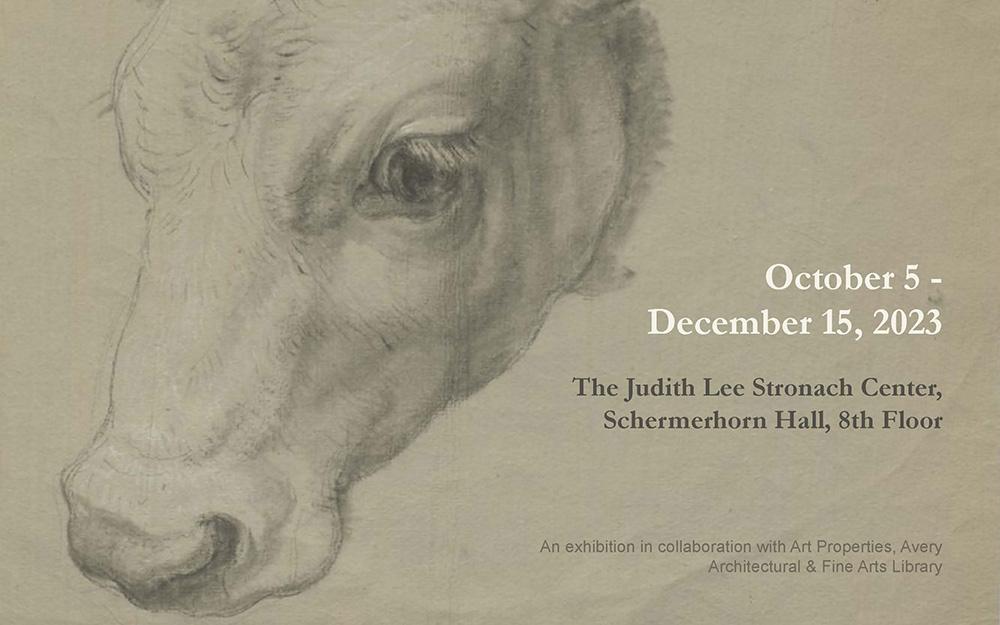
In the history of Western European art, the creation, study, collecting, and display of drawings has always been held in high regard, in part because of the mystique around the symbiosis between the hand and mind of the artist. The Inquiring Eye presents eleven drawings by Italian, Dutch, British, and French artists from Columbia’s Art Properties collection. Collectively, they offer a glimpse of different techniques, while also reflecting a range of genres and purposes. For the MA students who curated this exhibition, the drawings posed a significant research challenge. The majority of the works entered the collection with questionable attributions and very little documentation. Under the guidance of scholars, curators, and conservators, the students adopted “the inquiring eye” that the analysis of these drawings demanded: they examined the materials; detected repairs; contextualized inscriptions; identified collectors’ marks; and researched attributions.
The drawings on view were selected among 130 works gifted to Columbia in 1990 by the estate of Dr. Lola L. Szladits (Budapest, 1923—New York, 1990), Curator of the Henry W. and Albert A. Berg Collection of English and American Literature at the New York Public Library from 1969 until her death twenty-one years later. Lola, as she preferred to be called, left an indelible mark on the New York library and literary world. Her relentless acquisition of books, manuscripts, and papers transformed the Berg Collection; the 35 exhibitions she curated brought a vast range of Anglo-American literature to a wider public; and her powerful personality shook this male-dominated field. As a private collector, Lola’s taste leaned toward Western European drawings spanning the sixteenth through the nineteenth century, as this exhibition reflects.
The Inquiring Eye has been shaped not only by Lola the private collector—a little-known aspect of her life—but also Lola the professional curator. In the profile that The New Yorker devoted to her in 1984, she stated: “[The Berg] is a research collection, not a museum. It has to be used. It is alive.” The Inquiring Eye echoes Lola’s mission. First, it shows material from a study collection (in contrast to a museum collection), that is, material that tends to be kept away from the public’s eyes. Second, it approaches this material through notions of “use” that defined Lola’s relation to the Berg Collection, in this case, the use of drawings toward training in object-based art historical research. Presented in the year that would have marked Lola’s 100th birthday, The Inquiring Eye is driven by these mindsets of study and use, with a focus on art from her own collection.
